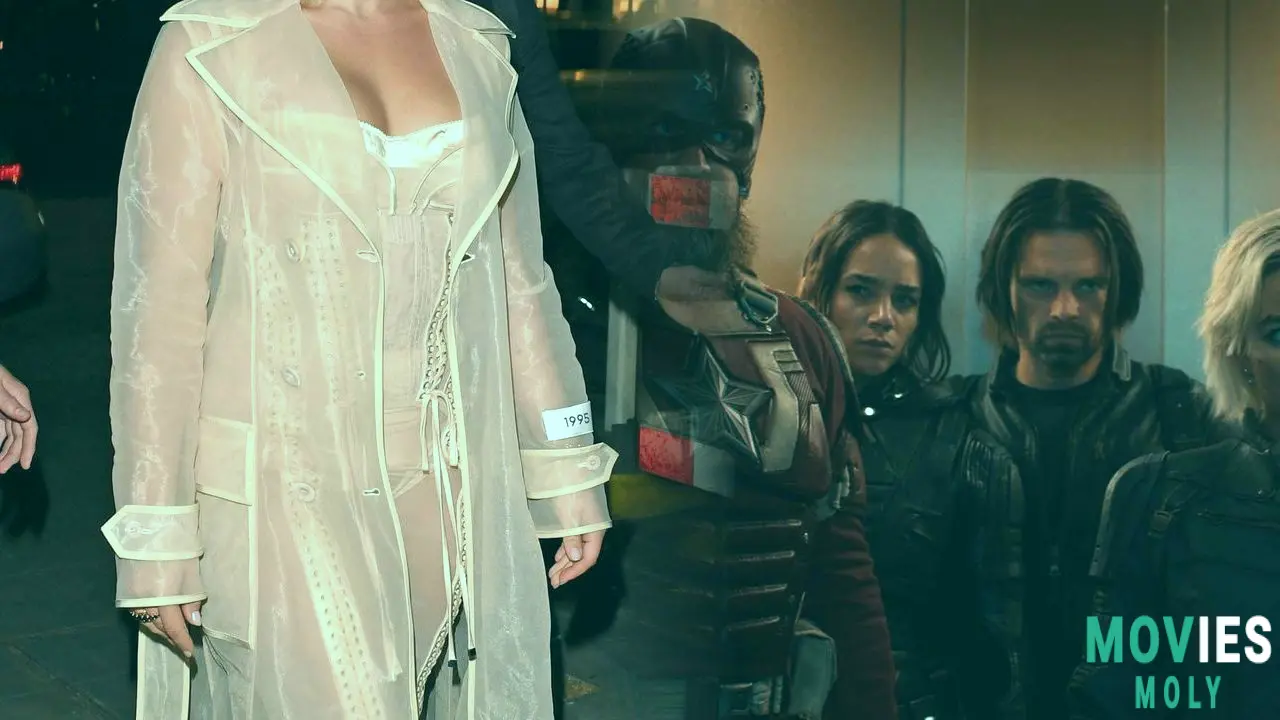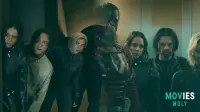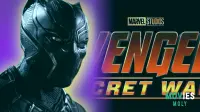Marvel Studios’ Thunderbolts may not have featured the flashiest cosmic battles or the most explosive visual effects in the MCU, but its post-credits scene delivers a knockout punch to the franchise’s future—one that’s already got fans buzzing louder than a Stark tech prototype. After a string of fan screenings unleashed glowing early reviews, the film’s final stinger has emerged as the true MVP, transforming a character-driven, emotionally gritty team-up into a pivotal moment for the entire Marvel Cinematic Universe.
Marvel’s Antihero Ensemble Returns Stronger With a Grounded Emotional CoreThunderbolts is being lauded as some of Marvel’s most emotionally resonant work in years. Critics and fans alike are drawing parallels to James Gunn’s Guardians of the Galaxy trilogy—not in tone or humor, but in soul. This is a story about broken people—Yelena Belova, Bucky Barnes, Red Guardian, Ghost, Taskmaster, U.S. Agent, and the mysterious “Zombie” Bob—who aren’t just fighting villains, but wrestling with their pasts, mental health, and the desperate need for purpose. And through it all, Florence Pugh’s Yelena steals the show, delivering a performance as raw and compelling as her daringly executed stunt off the world’s second tallest building.
But while the film itself grounds the MCU in grit and emotional depth, it’s the post-credits scene that boldly propels the franchise back into its iconic, world-shaking glory.
The Mid-Credits Scene Plays for Laughs—But Sets Up a Running Gag Perfectly

Offering a lighthearted breather before the big finale, the mid-credits scene finds Red Guardian in a mundane yet amusing mission: trying to sell Wheaties featuring the Thunderbolts on the box. The joke lands in classic Marvel fashion—Red Guardian’s enthusiasm is met with silent rejection as the woman grabs the box only to quickly abandon it down the aisle. It’s a small moment, but one that cleverly pays off a running gag from the film and keeps the tone playful, even as the stakes continue to rise behind the scenes.
The Final Post-Credits Scene Is MCU FORESHADOWING AT ITS FINEST
Now, onto the real showstopper. Fast forward 14 months, and the Thunderbolts are back in a new headquarters, visibly more unified but still wrestling with their public image—specifically, that Sam Wilson is suing them for calling themselves “The Avengers.” The team’s brainstorming for a new name leads to some hilariously bad suggestions (yes, “New Avengerz” with a Z makes an appearance), but it’s this moment of self-awareness that gives the film's asterisk title its meta edge.
Bob pushes back against the idea of him becoming The Sentry again, fearing the dark persona of The Void—but before they can settle on anything, an unidentified ship breaks through their atmosphere. The camera shifts, and the logo on the side of the craft says it all: a bold, metallic “4.” The Fantastic Four have arrived.
And with that, Marvel doesn’t just tease its next team—they confirm it’s ready to play in the big leagues once more. The inclusion of the iconic MCU theme for the Fantastic Four only sweetens the moment, turning what could have been just another sequel setup into an electrifying invitation to the next phase of Marvel storytelling.
This Is More Than a Tease—It’s a Reclamation of the MCU’s Momentum
After the mixed reception to Captain America: Brave New World, Thunderbolts is being hailed as the MCU’s “spiritual sequel” to the Infinity Saga. Not because it’s cosmic in scale, but because it cares—about characters, about emotion, about giving a ragtag group of misfits a meaningful story. And now, with the Fantastic Four making their MCU-616 debut not through chaos but through a deliberate team-up, Marvel is signaling that it’s not just about world-saving anymore—it’s about world-building.
ComicBookMovie.com reports that this isn’t just padding for Fantastic Four: First Steps; this is integration. This is the MCU coming full circle and charging forward all at once. The fact that the Thunderbolts are the team welcoming the Fantastic Four (and not, say, the Avengers) speaks volumes about where Marvel is headed—more grounded, more complex, and more interconnected than ever.
Florence Pugh’s Yelena and the Thunderbolts Give the MCU the Heart It Needed
It’s easy to get caught up in the hype of the post-credits reveal, but what makes it hit so hard is the journey that Thunderbolts takes to get there. This isn’t a film about glory or fan service—it’s about loneliness, depression, redemption, and the messy process of finding a family when you’ve been rejected by everyone else. As Sean Chandler put it, these are “reject characters” and Marvel finally gave them a story that matters.
Whether it’s Yelena’s emotional breakthroughs, Bob’s internal battle, or Red Guardian’s awkward attempts at leadership, Thunderbolts gives us heroes who feel real. And now, with the Fantastic Four on the horizon, these real, flawed heroes are about to step into a future that looks more hopeful—and more exciting—than it has in years.
So, if you’re wondering whether to stay through both post-credit scenes (you absolutely should), know this: Thunderbolts isn’t just closing a chapter on the MCU’s past missteps. It’s opening the door to its most promising era yet.





